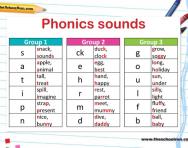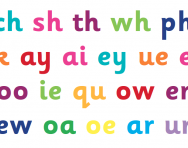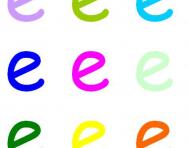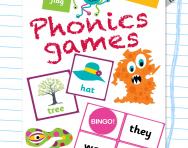What is a trigraph?
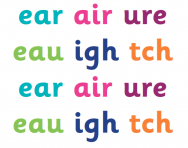
What is a trigraph?
A digraph is two letters (two vowels or two consonants or a vowel and a consonant) which together make one sound.
A trigraph is a single sound that is represented by three letters, for example:
In the word 'match', the three letters 'tch' at the end make only one sound.
Other examples of trigraphs are:
igh as in sigh
ore as in bore
air as in fair
ear as in dear
are as in dare
All the trigraphs above trigraphs will be taught to children in Year 1.
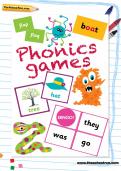
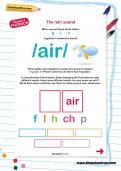
Your 'at-home' phonics support kit
- Step-by-step phonics programme
- Your guide to phonics
- Worksheets & games
Teaching methods vary as to how these are taught, but the process may go as follows: A teacher may choose a trigraph to focus on for a few days, for example: tch. She may start by writing a word on the board: 'match' and asking children to say it out loud. She may then underline the letters 'tch' and encourage the children to make this noise.
The children may then be asked to do a number of activities of the week. These may include any of the following:
- Simply writing the letters 'tch' on their own mini-whiteboard, to practise forming the letters in order and joining them together.
- Being given some cut-up words cards, some with 'tch' on the end and some with an ending they have learnt previously, such as: 'ck', for example:
| clock | match | rock | sock |
| catch | snatch | tick | stack |
Children then need to put the words into two groups, according to their endings.
- Fill-the-gaps worksheets, where children are given a picture and then a word with the ending missing, for example:
ha_ _ _
- Cut-up phonics cards, where children have to put phonemes together to make a word, for example, children could make the words hatch, catch, witch and latch with the following cards:
| h | a | c | a |
| w | i | l | a |
| tch | tch | tch | tch |

Give your child a headstart
- FREE articles & expert information
- FREE resources & activities
- FREE homework help



